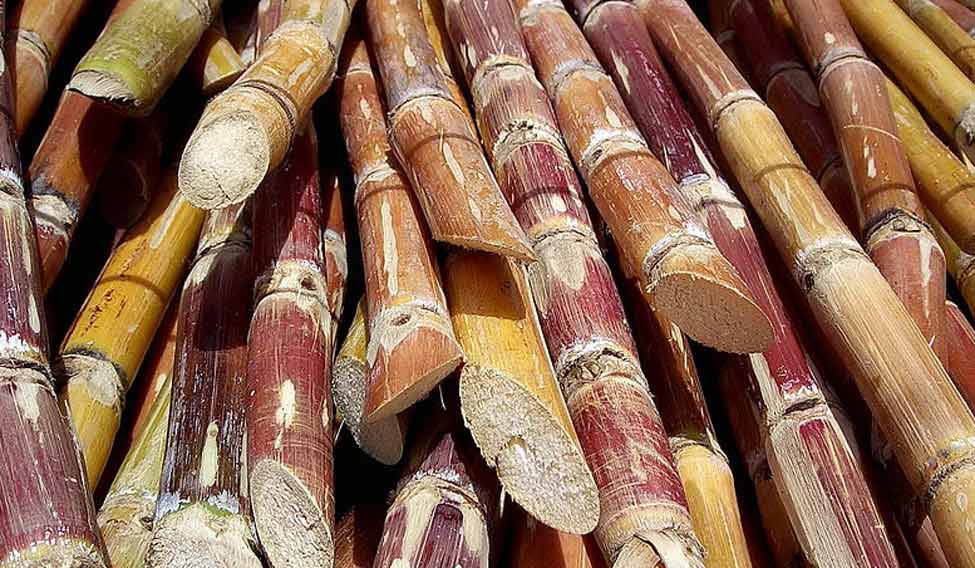If you have a sweet tooth, here's some bad news for you. Sugar is likely to burn a hole in your pockets this year as well.
India's sugar output in this crop year (October 1, 2016 to September 30, 2017) is going to be shorter than expected. According to a recent industry data, the output is witnessing an 18.54 per cent shortfall this year.
Two years of drought and mounting cane payment dues that mills leave farmers with have cut short expectations this year from the second largest sugar producer after Brazil. The ongoing sugar crushing season would end before time in most sugar producing states—Uttar Pradesh, Maharashtra, Karnataka, Tamil Nadu, Andhra Pradesh and Telengana, and Gujarat.
"Till February 28, 2017, sugar mills have produced 162.45 lakh tonnes of sugar against the 199.43 lakh tonnes produced last year," revealed data from a survey of sugar mills across all cane producing states, conducted by Indian Sugar Mills Association (ISMA). As on February 28, 2017, just about 257 sugar mills in the country are continuing their cane crushing operations, whereas last year, 390 mills were in operation on the same date, it said.
"The drought in Southern and Western part of the country during the last two years has majorly impacted sugarcane production, including yields per hectare," said Sanjay Banerjee, ISMA spokesperson. "This has been the major contributor towards substantially lower sugar production in Maharashtra, Karnataka, Tamil Nadu, Andhra Pradesh and Telangana. Gujarat also seems to have been affected, though to a lower extent, as compared to the other states in this region."
"Lower sugarcane availability has, therefore, resulted in an earlier closure of sugar mills and crushing season. Thus, there is lower sugar production as compared to last year and as compared to what was generally estimated to by all stakeholders," the ISMA survey said.
Sugarcane is a 18-month crop and events like farmer suicides in major cane producing states (Maharashtra, Karnataka and AP and Telengana), or farmers avoiding cane plantings during the current crop season (Uttar Pradesh, Maharashtra and Gujarat), also had a bearing on sugarcane output this year.
ISMA, in January this year, said the mills do not want the country to import sugar, as the next year sugarcane crop is expected to be a bumper one.
"ISMA is totally against any speculation and does not want to unnecessarily burden the nation with extra sugar, especially when there is enough within the country. However, drought in major sugar producing areas makes estimations difficult," ISMA president T. Sarita Reddy had said in January.
"As a responsible association of Indian millers, ISMA will approach the government if and when there is any need felt on supplementing domestic availability through imports, with the exact quantity needed and the right approach to do so," she had said.
The good news, however, could be that industrial demand for the white sweetener have witnessed a shortfall from beverage producers as consumers become more health conscious. This could mean that sugar demand would not grow significantly during the year.
The concern, however, is that India started the year with a low carryover stock of 65 lakh tonnes and may need to import sugar this year. Last year, the government had hiked customs duties on sugar imports to 40 per cent.
As per government sources, it may allow duty-free import of sugar up to one million tonnes in the current season under open general license if the wholesale price rise above Rs. 4,100 a quintal.
The Food and Public Distribution Ministry's sugar division is closely monitoring market prices for any spike, while mills are desperately keeping supply adequate in markets. Currently, wholesale prices have jumped to Rs 4,000 per quintal in most markets for the sweetener.






